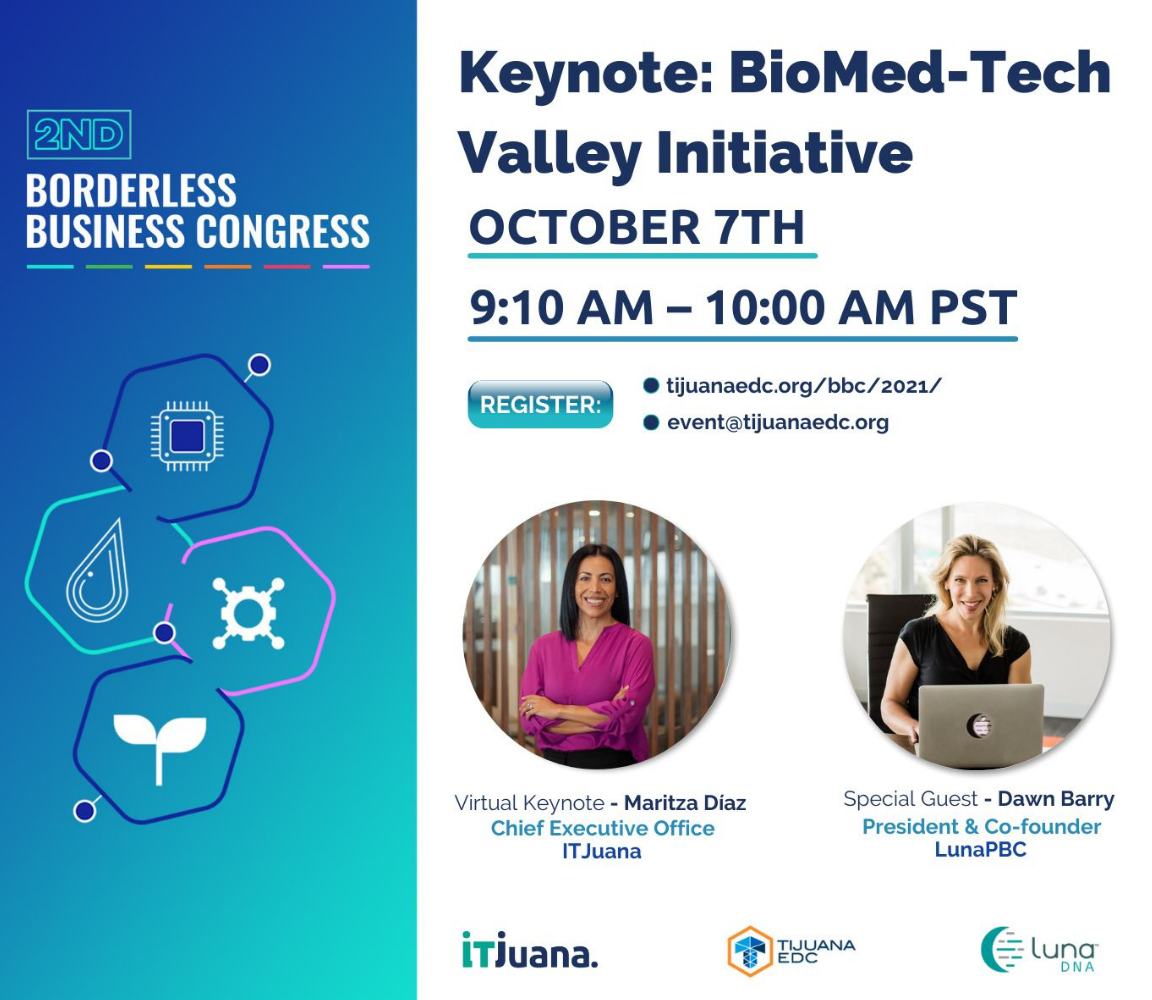Tijuana is Mexico’s closest city to Silicon Valley, and its location has turned it from a border maquiladora city into a natural hub for innovation in tech. Tijuana city is on a fast track to positioning itself as a hub for innovation, software engineering, and nearshoring technology— so much, that during this month of October the Tijuana Economic Development Corporation held their annual Borderless Business Congress there. The conference aimed to strengthen and explore the steady-growing economic development and investment opportunities that have been on the rise in the Cali-Baja region. Business leaders on both sides of the border have identified the region as an appealing infrastructure, technology, and investment opportunity across industries.
“We have companies that have decided to establish their manufacturing plus design centers here and this is a great opportunity for these companies,” said Carlos Higuera of the Tijuana Economic Development Council. Representatives from leading global companies such as Amazon, GE, Pfizer, Prime Wheel, and Deloitte were present during the virtual event.
The Borderless Business Congress is dedicated to sharing trends, challenges, technology, and business opportunities from experts in the area. Under the slogan GO GLOBAL: The road of tomorrow, this year’s Congress focused on highly competitive and globally connected industries, like manufacturing, BioMed, and tech innovation.
“The Cali-Baja region is a unique bi-national location recognized globally for its strong business infrastructure, technology, tourism, and investment opportunities,” said Baja California Secretary of Tourism and Sustainable Economic Development (SEST) Mario Escobedo Carignan “This is an opportunity for professionals and industry leaders across a variety of sectors to come together and collaborate on ways to make this region even stronger.”
Thought leaders working directly with the Binational Region key industries, like Maritza Diaz, are helping to strengthen this global integration. The ITJ CEO gave a panel speech alongside LunaDNA president and co-founder Dawn Barry on the BioMed-Tech Valley Initiative on the investment and growth opportunities for Life Science companies seeking talent in the bi-national region.
Governmental aid has also impulsed this positive synergy between American companies and Mexican talent. According to ITJ CEO Maritza Diaz, “The Government in Tijuana and Baja is committed to developing STEM talent from a very early stage as 64% of high school graduates receive technical education resulting in being #3 in the country for academic research infrastructure.” Companies like ITJ have leveraged connecting Mexican STEM (Science, Technology, Engineering, and Math) talent with San Diego Life Sciences companies that were previously struggling to add talent fast enough to meet their growth needs.
“Baja California has become a powerhouse in industries such as semiconductors, medical devices, aerospace, electrical equipment, and audiovisual and communications equipment,” said ITJuana CEO Maritza Diaz during the conference. “These high-growth industries have attracted more than $5.6 billion of foreign direct investment to the region since 2012.”
The annual Borderless Business Congress is a timely opportunity for investors and global companies to learn and connect with change-makers in the growing Tijuana-San Diego region.


